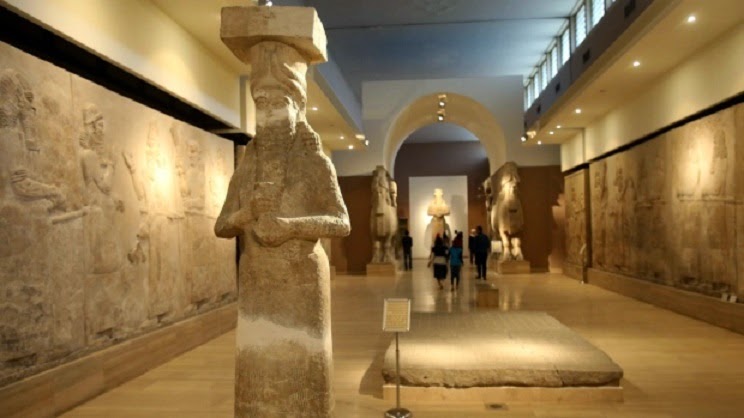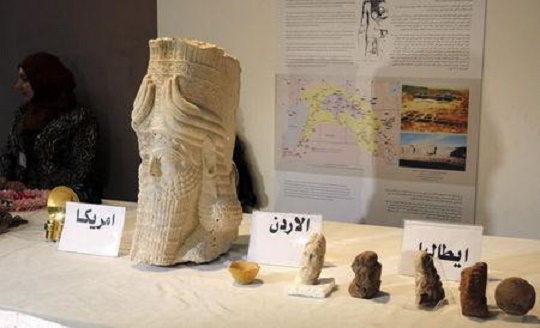Sew La Ti Embroidery:
Iraq
Iraq: US returns Iraqi artefacts recovered in Syria raid

Iraq: Iraq celebrates return of antiquities
Iraq: ICOM draws up 'red list' of Iraqi antiquities at risk

Middle East: UN nations agree to action to save Iraqi cultural sites

Iraq: Iraq says ISIS demolishes ruins to cover up looting

Iraq: Digitising Iraq’s cultural heritage

Middle East: Interpol steps up search for artefacts looted by ISIS

